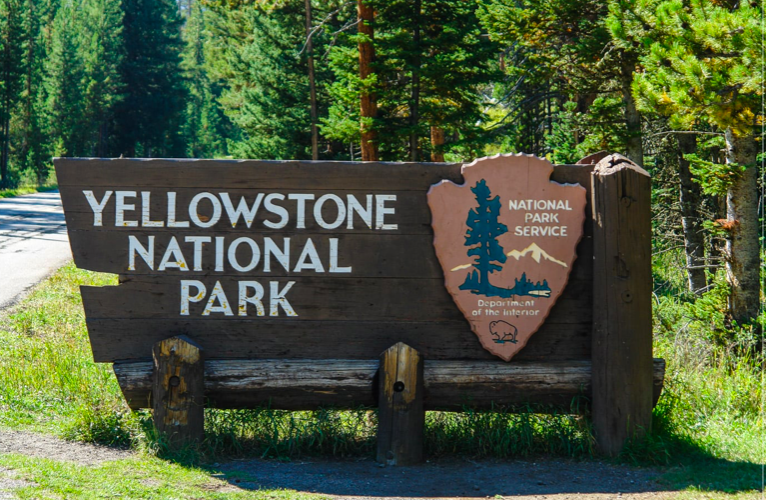Yellowstone Lake defies warming temperatures. What's its secret?

Along the rim of an ancient volcanic caldera, flanked by lodgepole pine and Engelmann spruce standing 7,733 feet above sea level, Yellowstone Lake sits at the heart of Yellowstone National Park is covered in thick ice, which is simultaneously consistent and — against a backdrop of warming temperatures — very surprising.
High-elevation lakes around the world in recent decades have undergone measurable changes to freezing patterns, with ice forming later in the winter and breaking apart earlier in the spring. But at Yellowstone Lake, the largest high-elevation lake in North America, the winter freeze has been uncannily stable for close to 100 years, according to a study published last week in the Journal Environmental Research Letters.
“Pretty much every other lake in the world has shown later times when ice formed and earlier times when the ice melts off. The Yellowstone Lake hasn’t changed, and that’s why we’re so surprised,” Lusha Tronstad, lead invertebrate zoologist with University of Wyoming’s Department of Zoology, told the Star-Tribune.
Tronstad is among the team of researchers who show that Yellowstone National Park’s eponymous lake is bucking a profound trend amongst lakes planetwide, a counterintuitive finding in light of the region’s rising temperature.
Since 1950, annual temperatures have increased by 1.8 degrees Fahrenheit across the greater Yellowstone ecosystem. The warning is even more pronounced at the high elevation of Yellowstone Lake, where air temperatures lifted by 2.5 degrees between 1980-2018. With air temperature increase driving ice phenology changes at lakes elsewhere, it’s expected to see freezing patterns here similarly impacted, but that isn’t the case.
The reason, researchers believe, relates to another shifting climatic trend: More snow.
As temperatures have risen, snow accumulation at the lake has too. Since 1927, cumulative spring snow has nearly doubled from an average of 50 centimeters to 100 centimeters today. The increased snow has insulated the lake in the face of warming temperatures and kept ice formation patterns consistent.
“Shifts in local precipitation, especially increases in fall and spring snow, appear to be buffering ice phenology against warming temperatures,” the study declares.
This stands in contrast to sister ecosystems in the Green River Basin to the south, where snowfall has declined at high elevations, highlighting the nuances of climate change repercussions.
The discovery is a testament to foresight of early park rangers, who in 1927 began penciling the lake’s “ice-on” and “ice-off” dates into leather-backed notepads. And while data entry looks different today, the fundamental method is the same: Visual observation from vantages near the Lake Village Ranger Station.
The findings add the uniqueness of an area already beloved by scientists, who in the years since early park rangers have unearthed a host of wonder: Thermal vents percolating up from the lake bed have create micro-environments — colloquially, “trout Jacuzzis” — where invertebrate food chains multiply quickly. All the while volcanic vents now known as “resurgent domes” lift and drop the lakebed by inches each year.
Although, if snow trends reverse and regional warming continues, which is something researchers anticipate, the Yellowstone Lake ecosystem is bound to change. Hence, scientists will continue the long trend of data collection at the lake that began with park rangers 100 years ago.
“Things aren’t changing right now. But at some point, they will start changing and we need to keep an eye on the ecosystem and keep collecting data to understand how these changes will affect the ecosystem and how our species of interest could be affected by these changes in the future,” said Tronstad, who has researched the lake for 20 years.
This story was published on April 23, 2024.








